With the no-dig method, you let your garden take care of itself – no digging, less weeding, and a soil full of life. A healthy, easy garden without the hassle.
Others are reading now
Dreaming of growing healthier vegetables with minimal effort? We’ve listed the pros and cons of this method.
What Is the No-Dig Method?
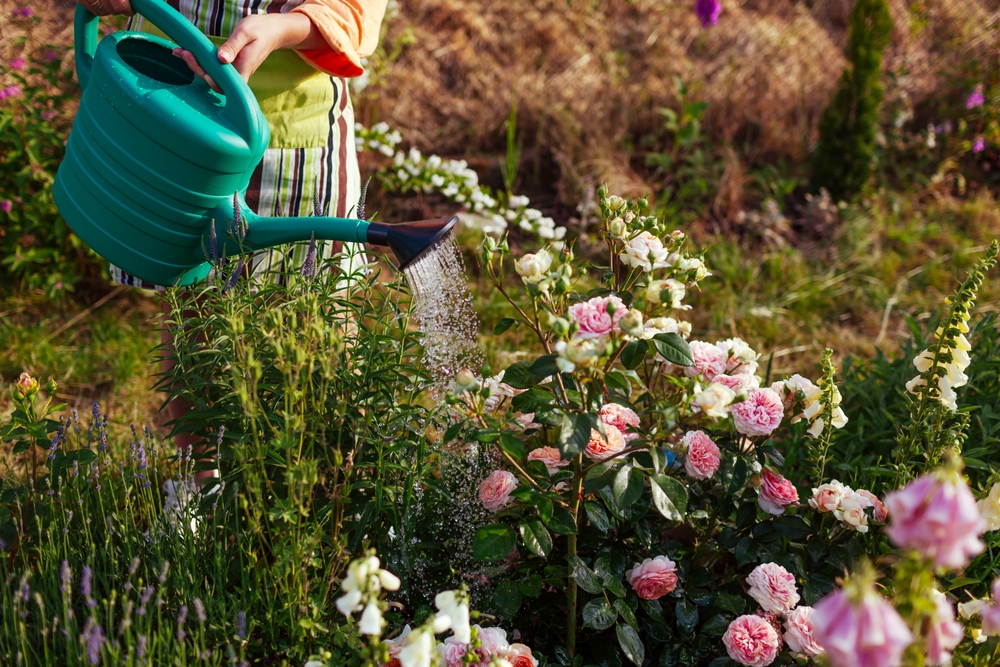
The no-dig method is all about gardening without digging or stepping on the soil.
The goal is to protect the soil’s microorganisms and provide optimal growing conditions.
This method reduces labor and keeps weeds under control.
Benefits of No-Dig
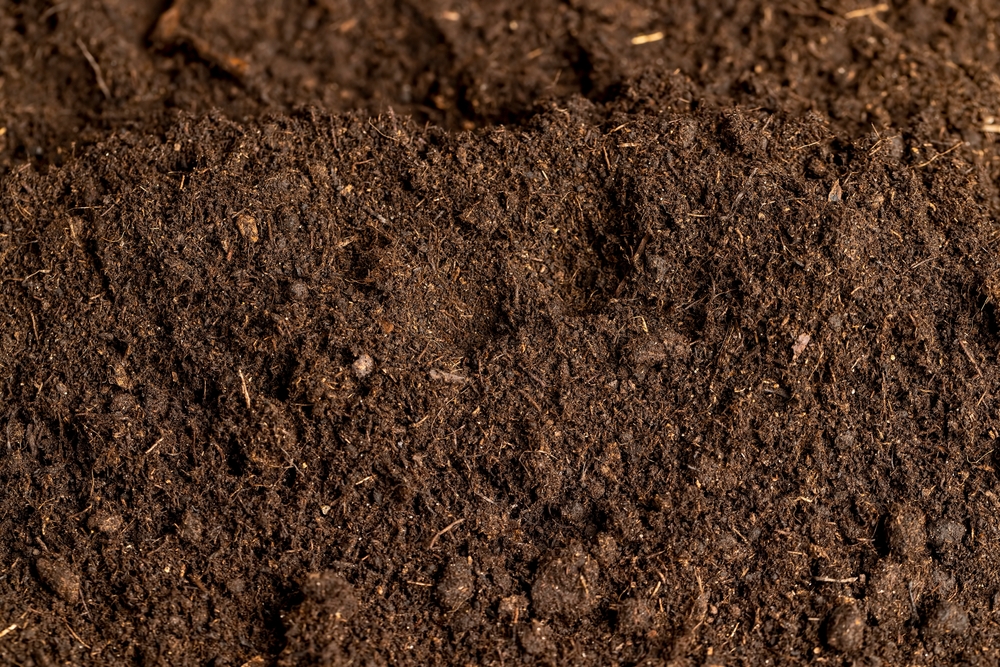
- Significantly reduces time spent in the garden
- Grows healthier vegetables without chemicals
- Creates a natural, airy soil structure
- Encourages a rich and vibrant soil life
How to Set Up a No-Dig Vegetable Garden
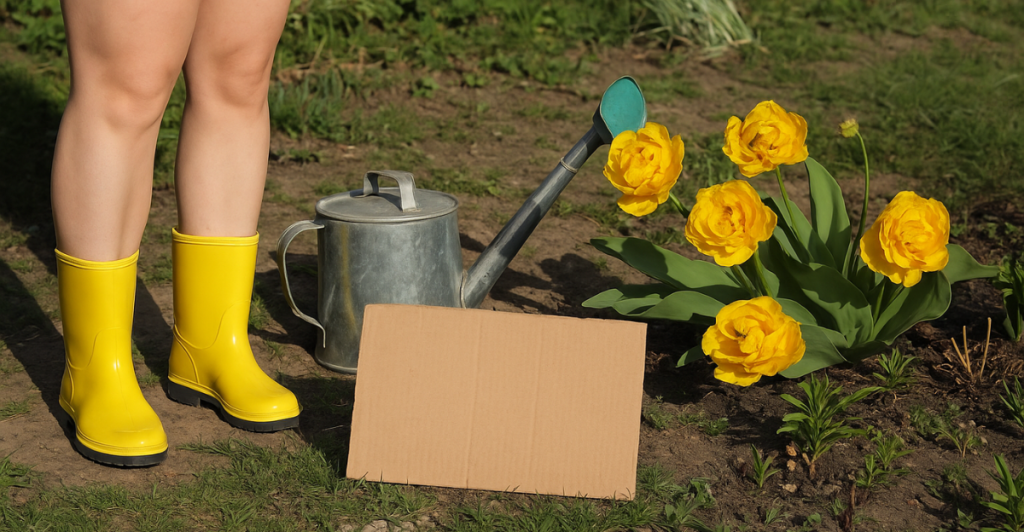
- Place cardboard directly on the ground to block weeds
- Cover with about 6 inches (15 cm) of nutrient-rich, living compost
- Add wood chip paths to prevent stepping on the beds
The Importance of the Right Soil
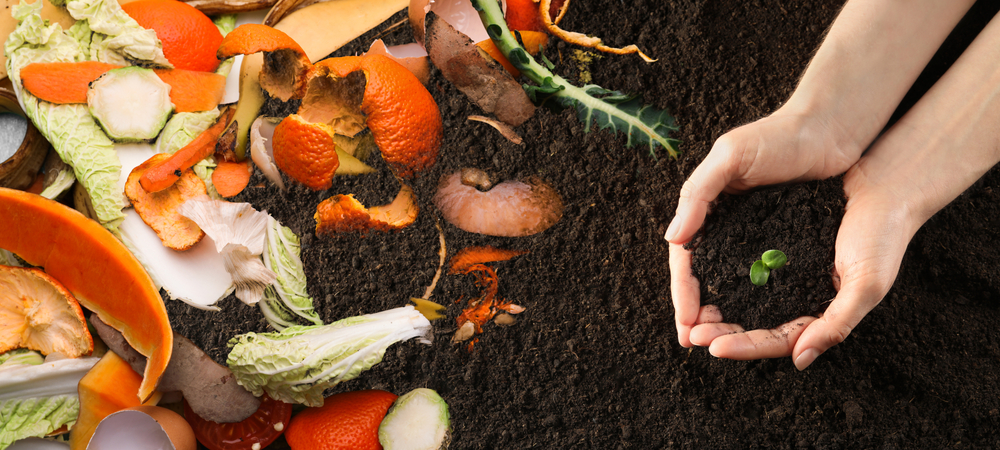
- Avoid traditional garden soil, which easily fills with weeds
- Use organic materials like compost or horse manure
- Recommended: willow compost, which naturally decomposes at high temperatures
Health and Environmental Benefits
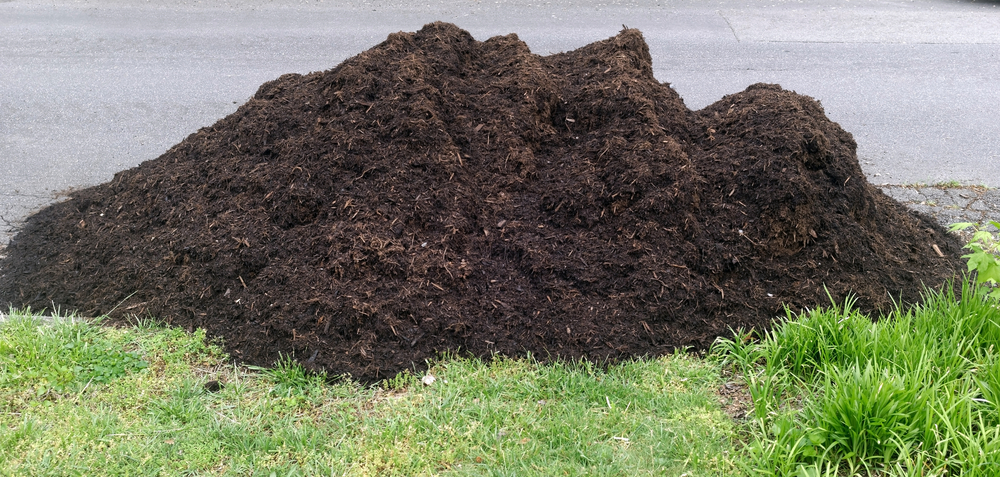
- Avoid peat moss, which releases large amounts of CO₂
- Replace synthetic fertilizers with natural nutrients from compost
- Soil life ensures plants absorb water and nutrients efficiently
Time-Saving and Maintenance
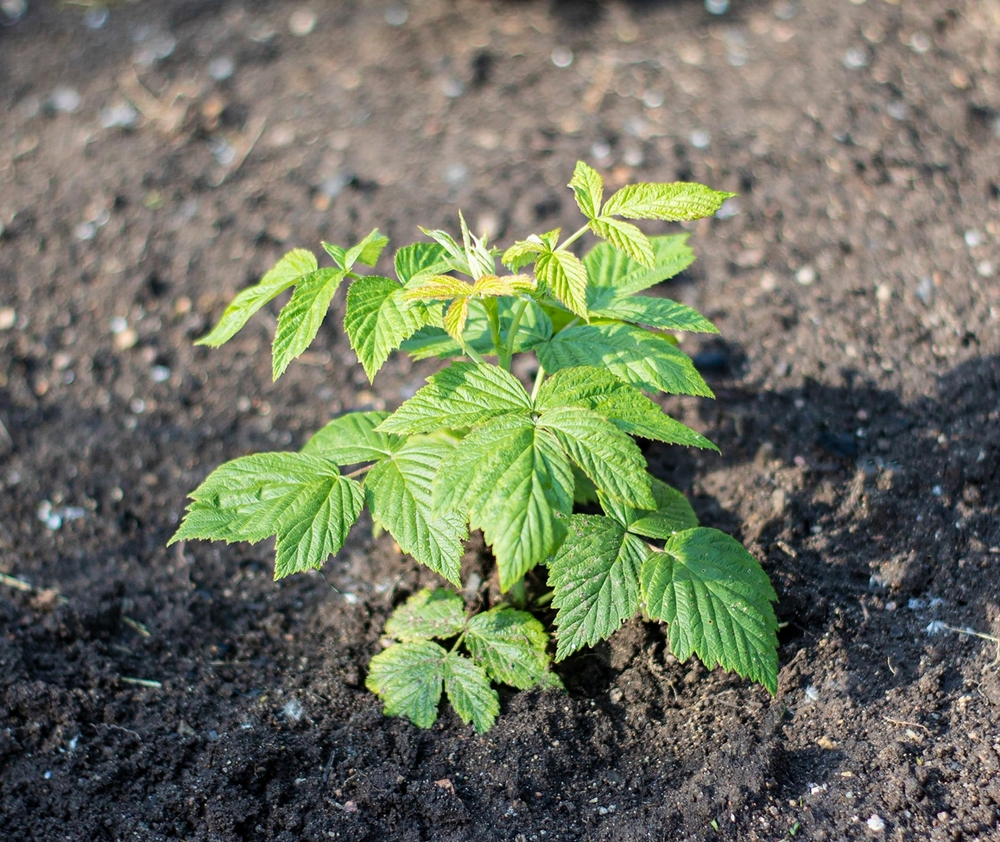
- Gardening work can be significantly reduced
- Example: Only about 30 minutes of work per week
- Less need for watering and weeding
Origins and Growing Popularity
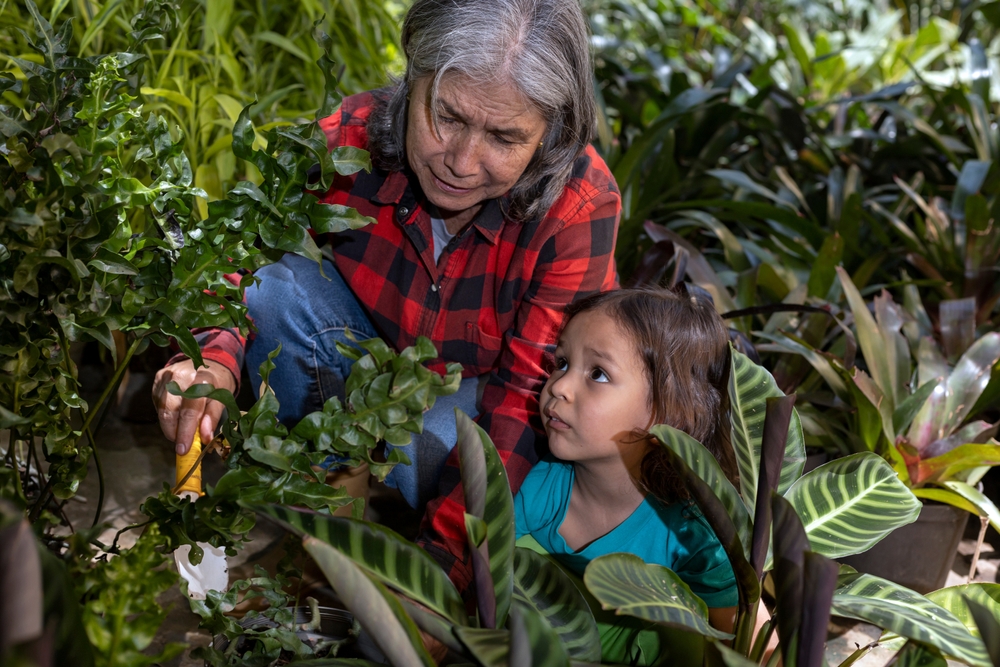
- The method originally comes from South America
- The method has been relatively unknown in Northern Europe for a number of years.


